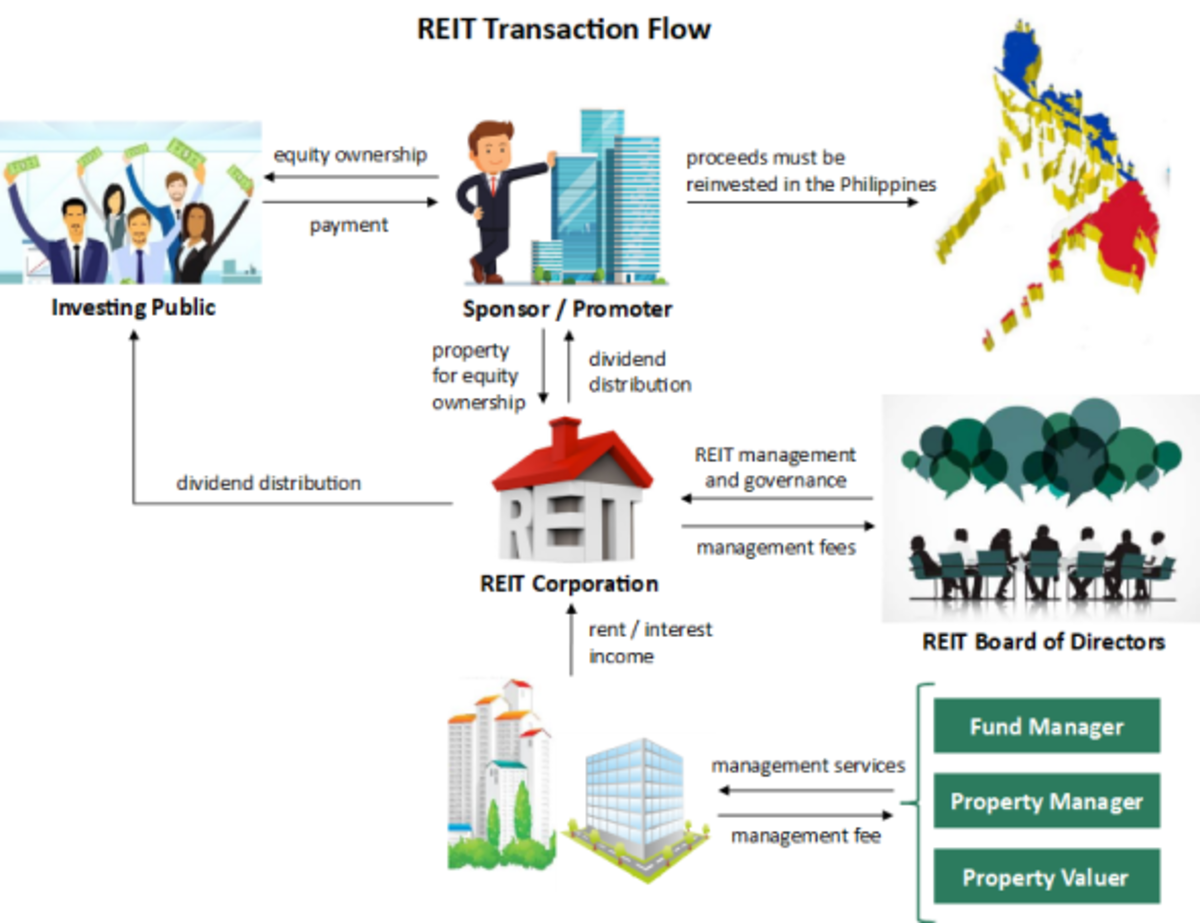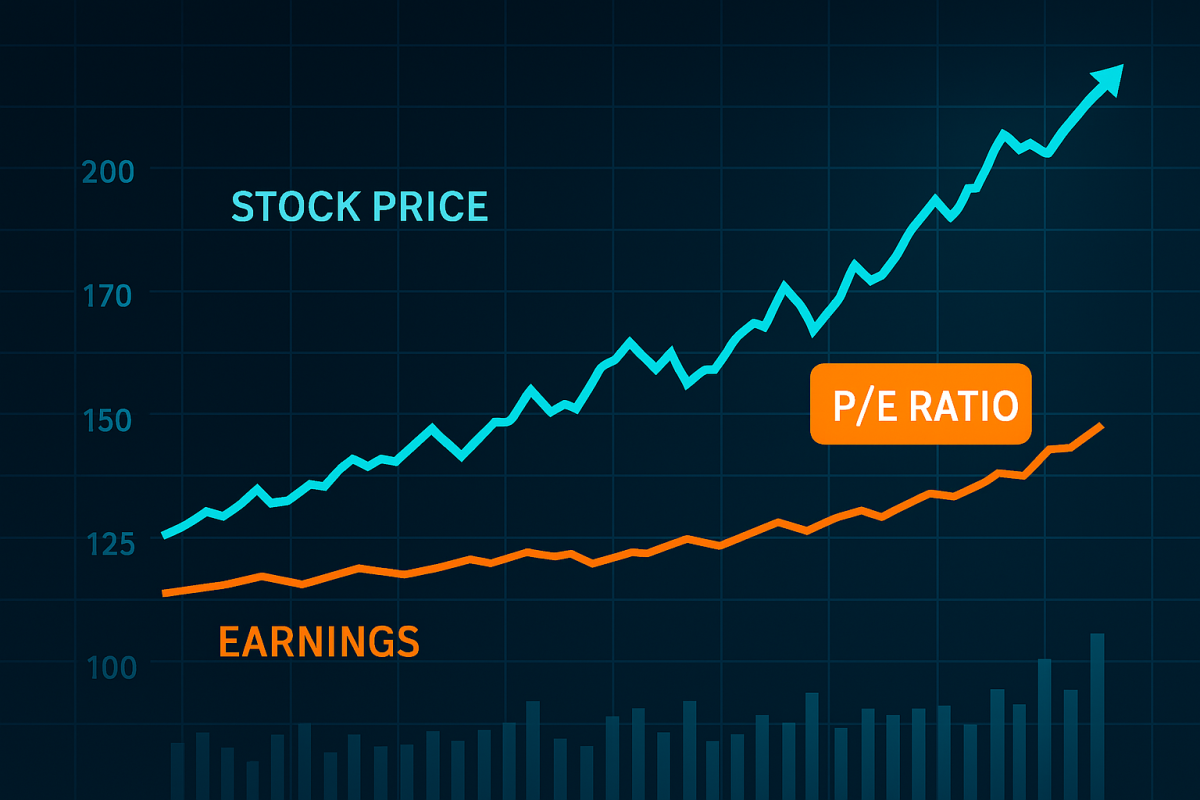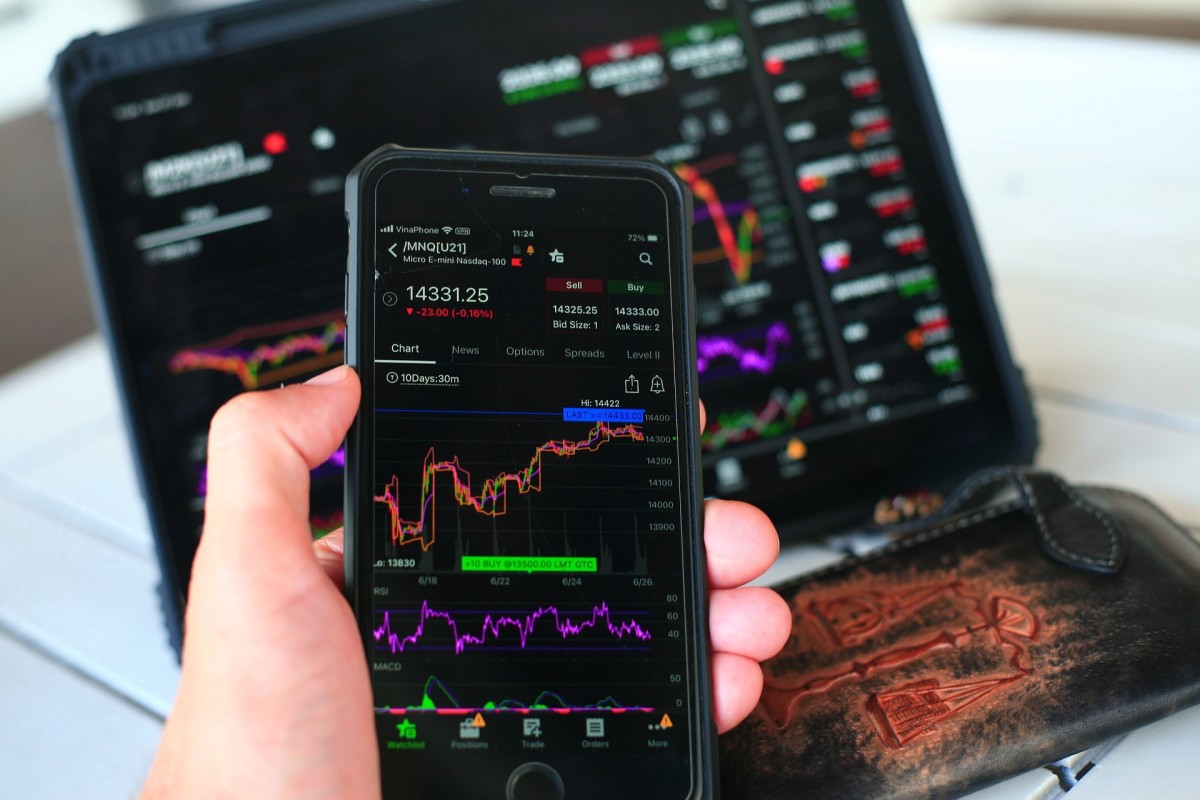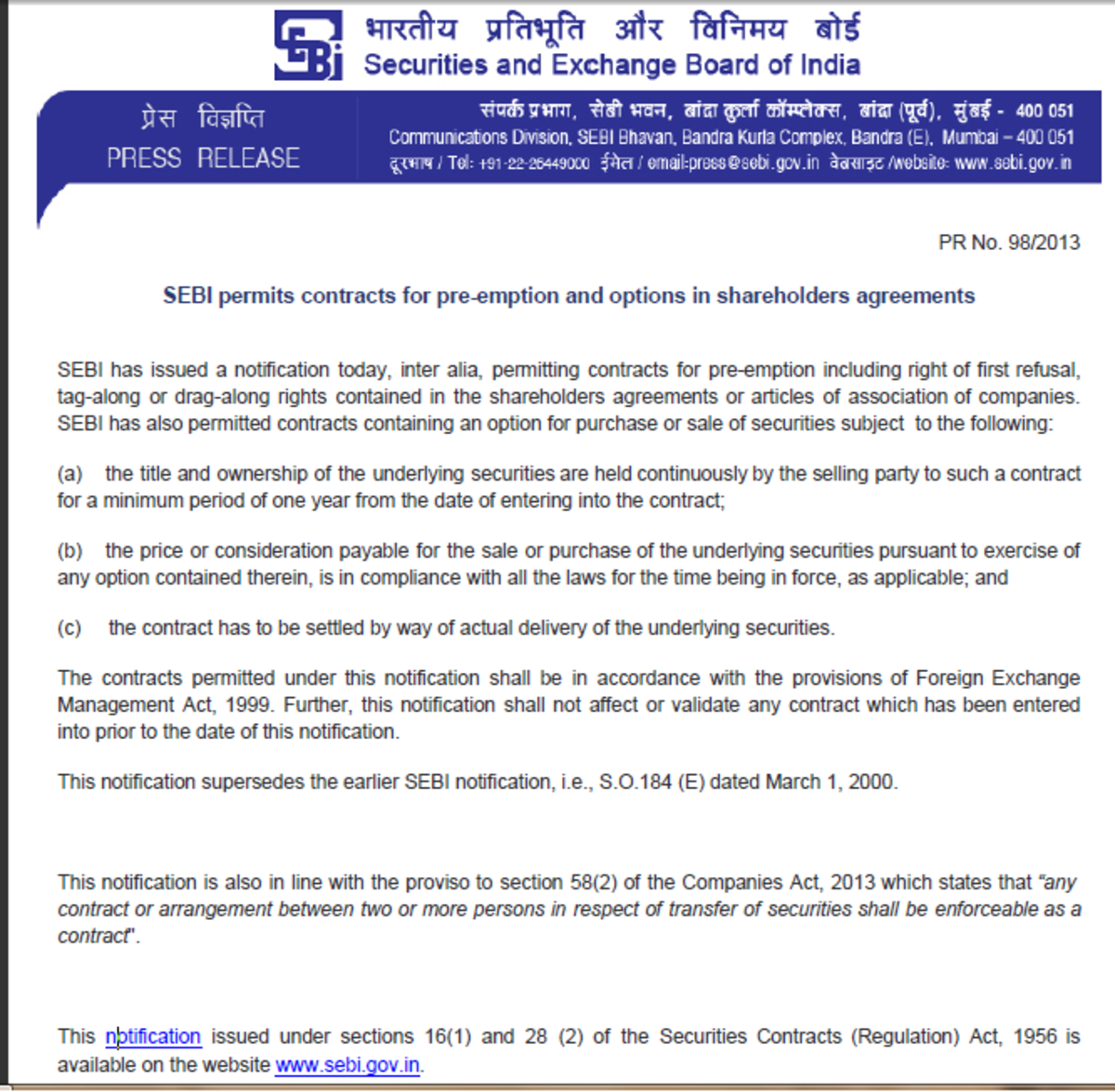How Investors and Traders Influence Stock Return

Any investment expert will say that past performance is no guarantee of future returns. However, analyzing the changes of a company’s earnings, dividends, and the stock’s P/E ratio over time could reveal a trend that can give an idea of the potential returns to come. This approach is normally used by investors with a time horizon of 1 year or longer (Long-term investors), rather than traders who base their decisions mostly on price movement, chart patterns and momentum indexes. However, traders do play a role in the P/E ratio that is used in this analysis.
Analysis of the Business Issuing the Stock (Fundamental Analysis)
On virtually any website that provides a stock quote, you’ll find the following 3 pieces of information in the snapshot summary: Earnings per Share (EPS), Dividends or Dividend Yield (%), and the all important P/E ratio. These are the 3 measures that should be reviewed to see if there is a trend based on historic data. If you are planning on investing for 1 year, then look at the company’s change in EPS, Dividend Yield, and P/E Ratio over the last year. Add together the percentage changes for each one. If it is negative then this stock likely won’t do well in the year to come. Do the following for each stock you’re considering to see which has the highest percentage. Also make sure to take note of how much of the total percentage is due to the change in P/E ratio vs. the changes in Earnings and Dividends. The change in P/E ratio over the time period being analyzed will represent the change in investor expectation towards the stock. The higher the P/E, the higher the expectations of future stock returns, and vice versa. You have to be cautious about large changes in the P/E, it could mean that everyone is jumping on board and the stock/company might grow indefinitely, but on the other hand, it could mean that it will have short rapid growth and turn into a bubble.
Analysis of the Stock Price Movement (Technical Analysis)
If traders don’t look at any of the company’s statistics then what do they use to make their decisions? Traders use tools such as the Relative Strength Index (RSI), the Average Directional Index (ADX), and Stochastics to tell the short term direction of the market. Traders may be buying because a stock price is coming off of a double bottom with strong momentum, not because the business is profitable. Traders and market technicians (technical analysts) do not care about the company itself. They also don’t care about EPS, Dividends or P/E ratios, but they do contribute to the increase and decrease of the P/E ratio. Even if they buy based off of chart patterns or indicators, they are still playing a part in increasing the price of the stock, thus increasing the P/E ratio (Assuming the shares outstanding and the earnings remain unchanged when the stock price increases).
How Investors and Traders influence Returns
Investors and traders may have entirely different logic fueling their decisions, but the two cannot be mutually exclusive when determining what direction the market may be headed and why. Simply put, investors influence a stock’s return when they buy or sell it based on the underlying company’s reported earnings and dividend policy. Traders use other tools, such as indexes, chart patterns, and volume to make decisions for buying and selling stocks, which is reflected in the P/E ratio. Looking at the change in Earnings, Dividends, and P/E for a given period of time can give a sense of the overall market trend created by traders and investors who use both fundamental and technical analysis.








